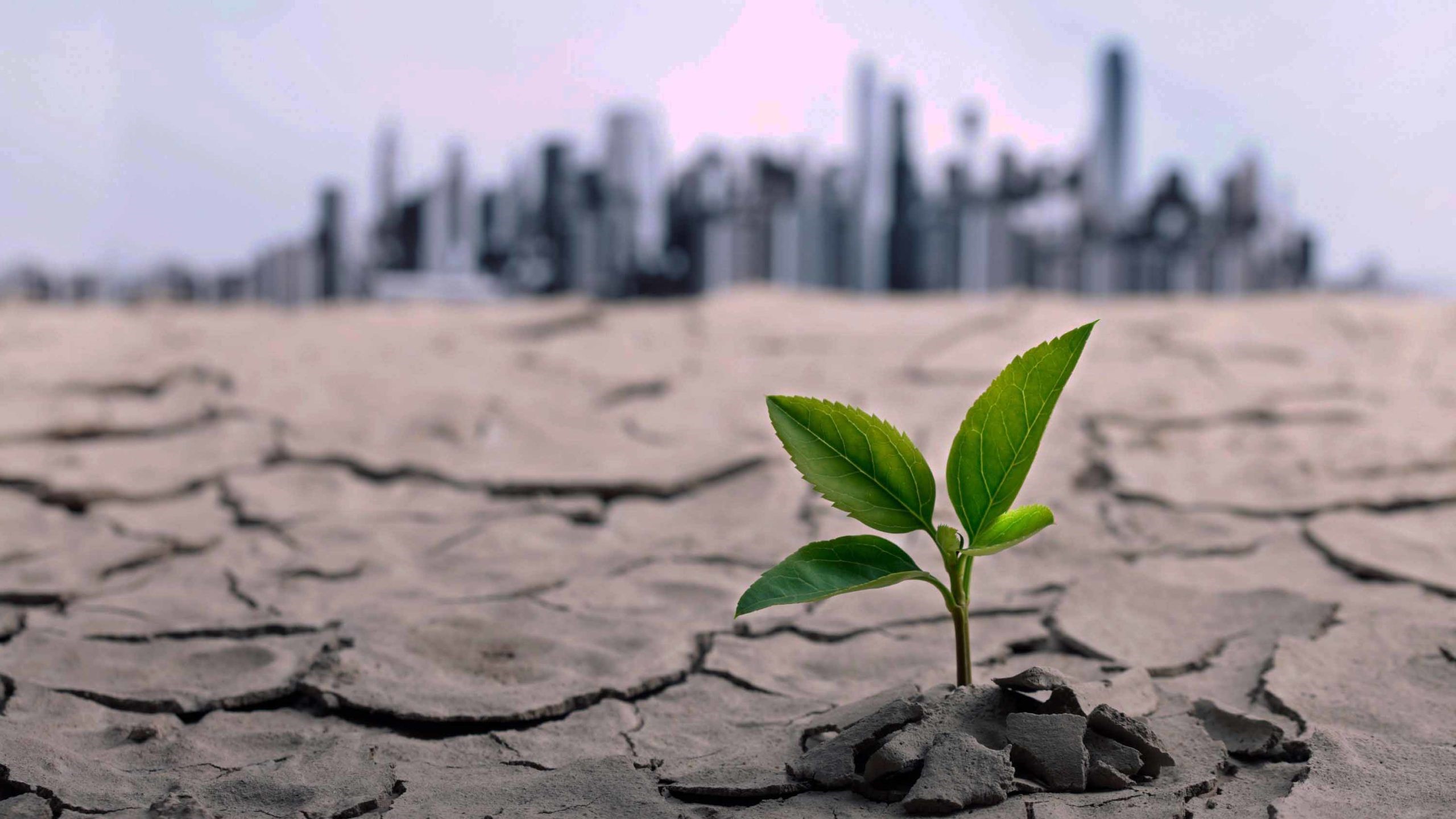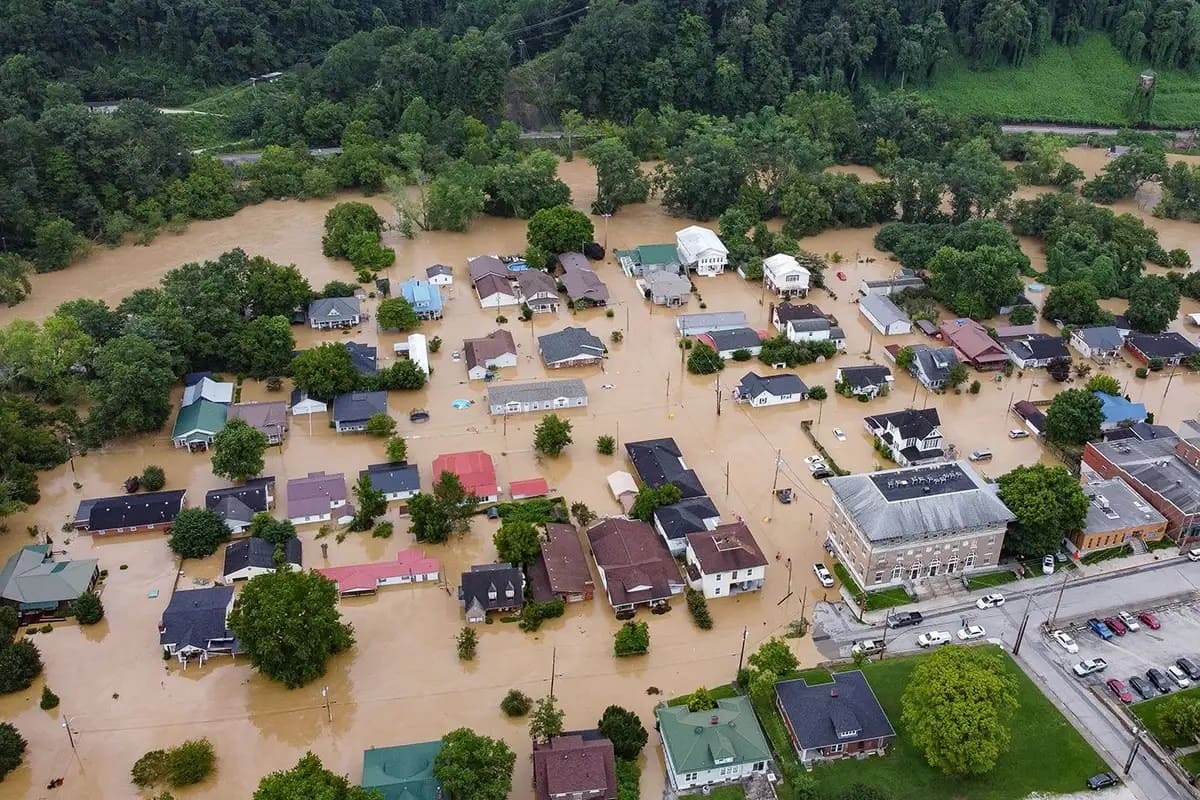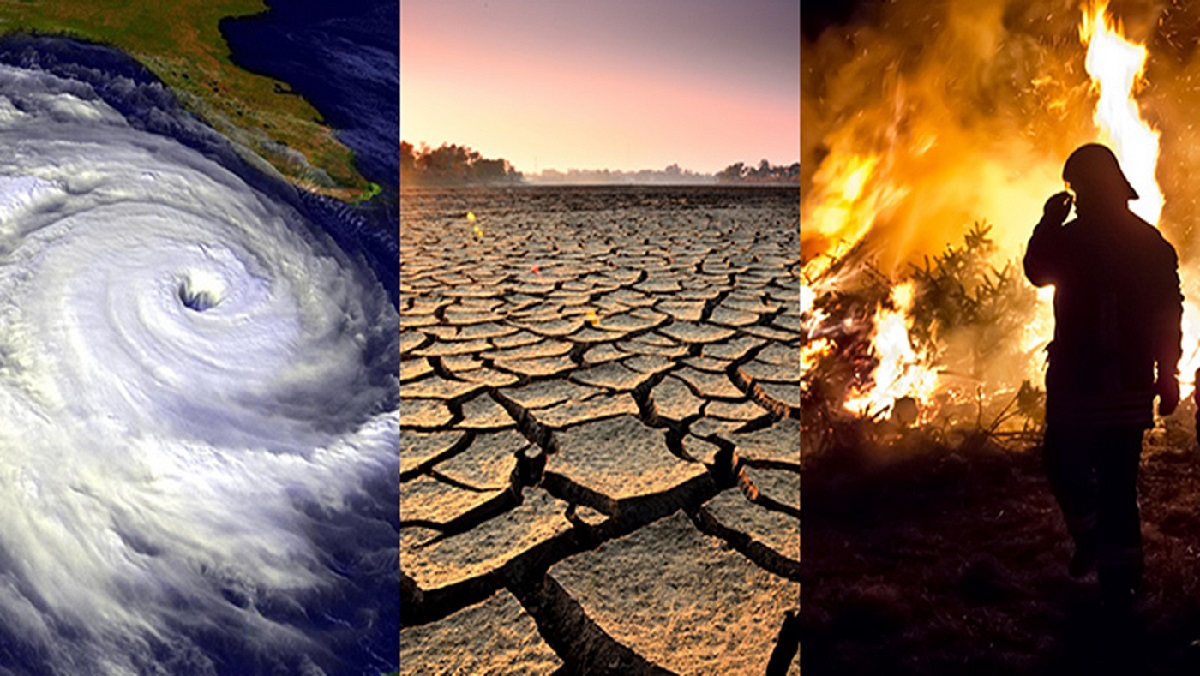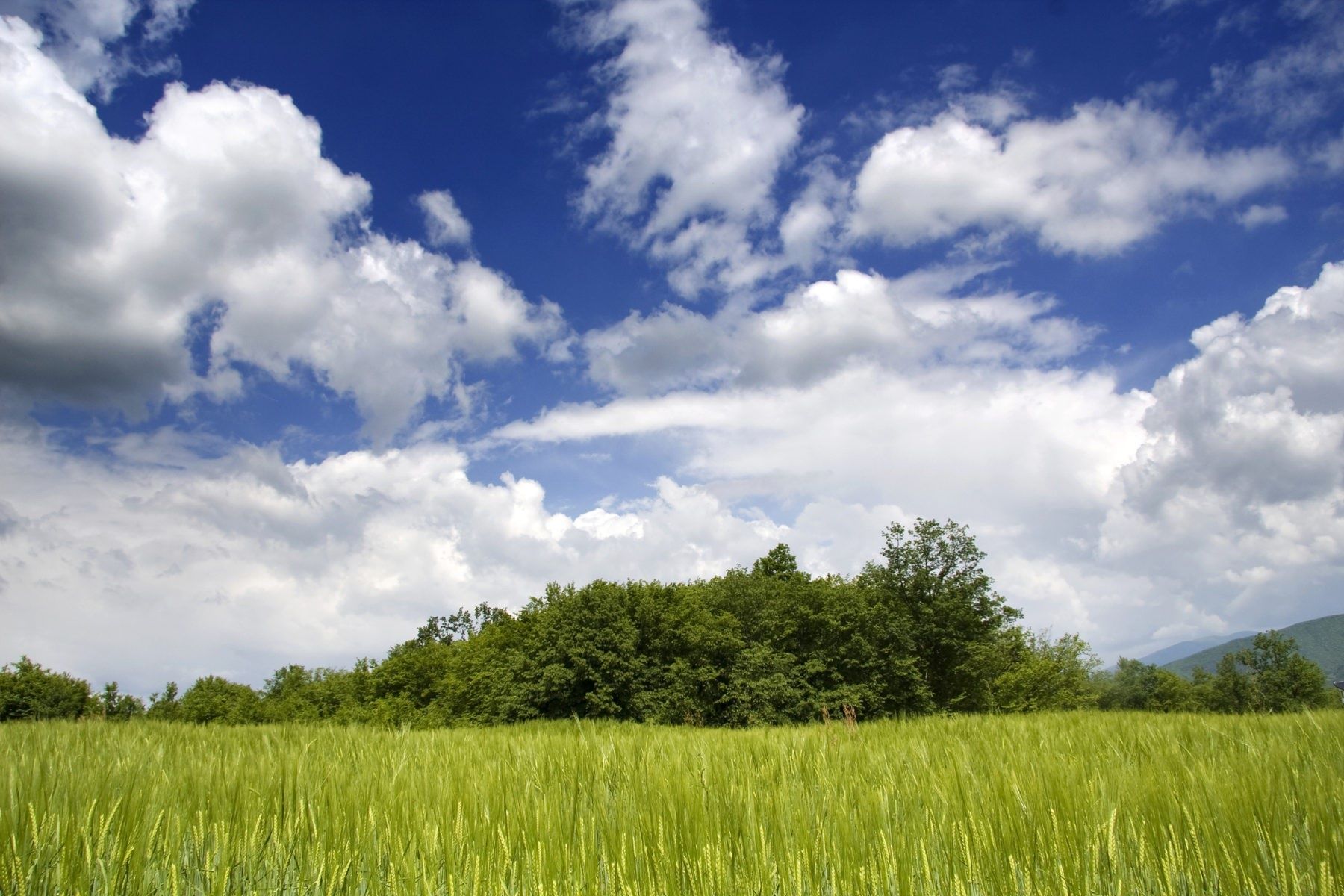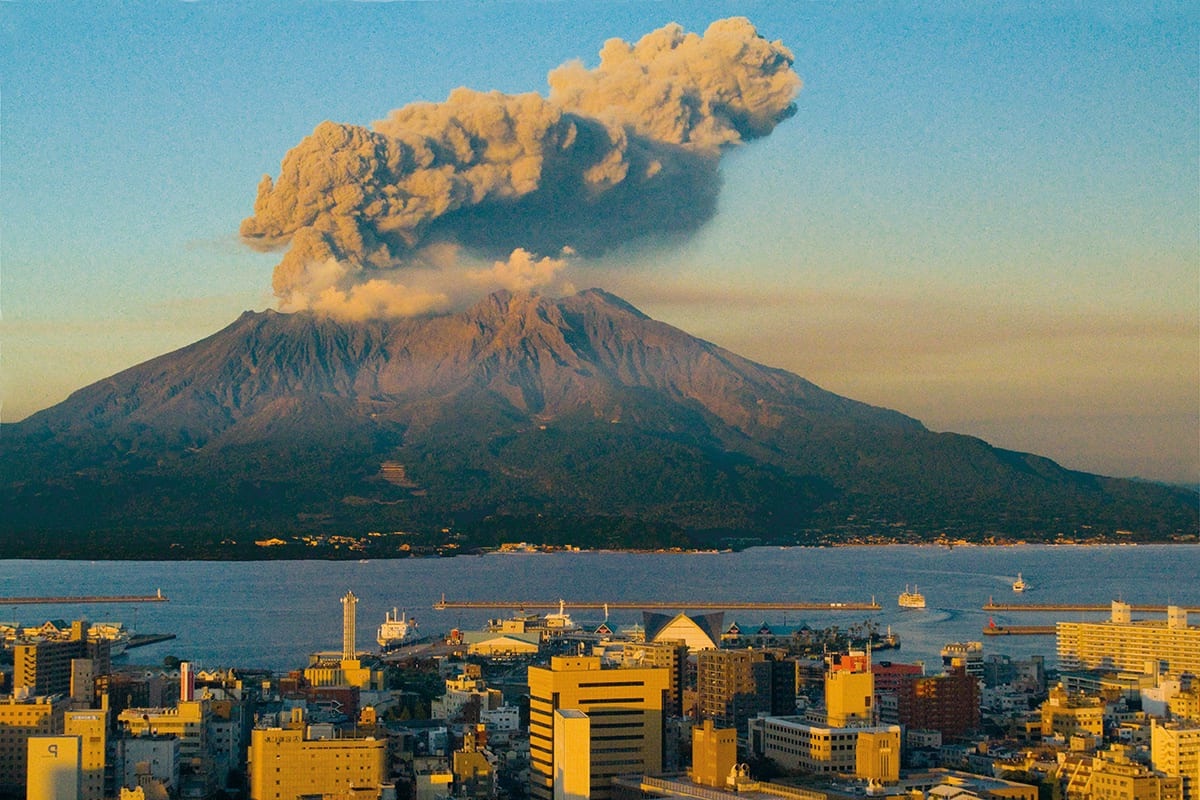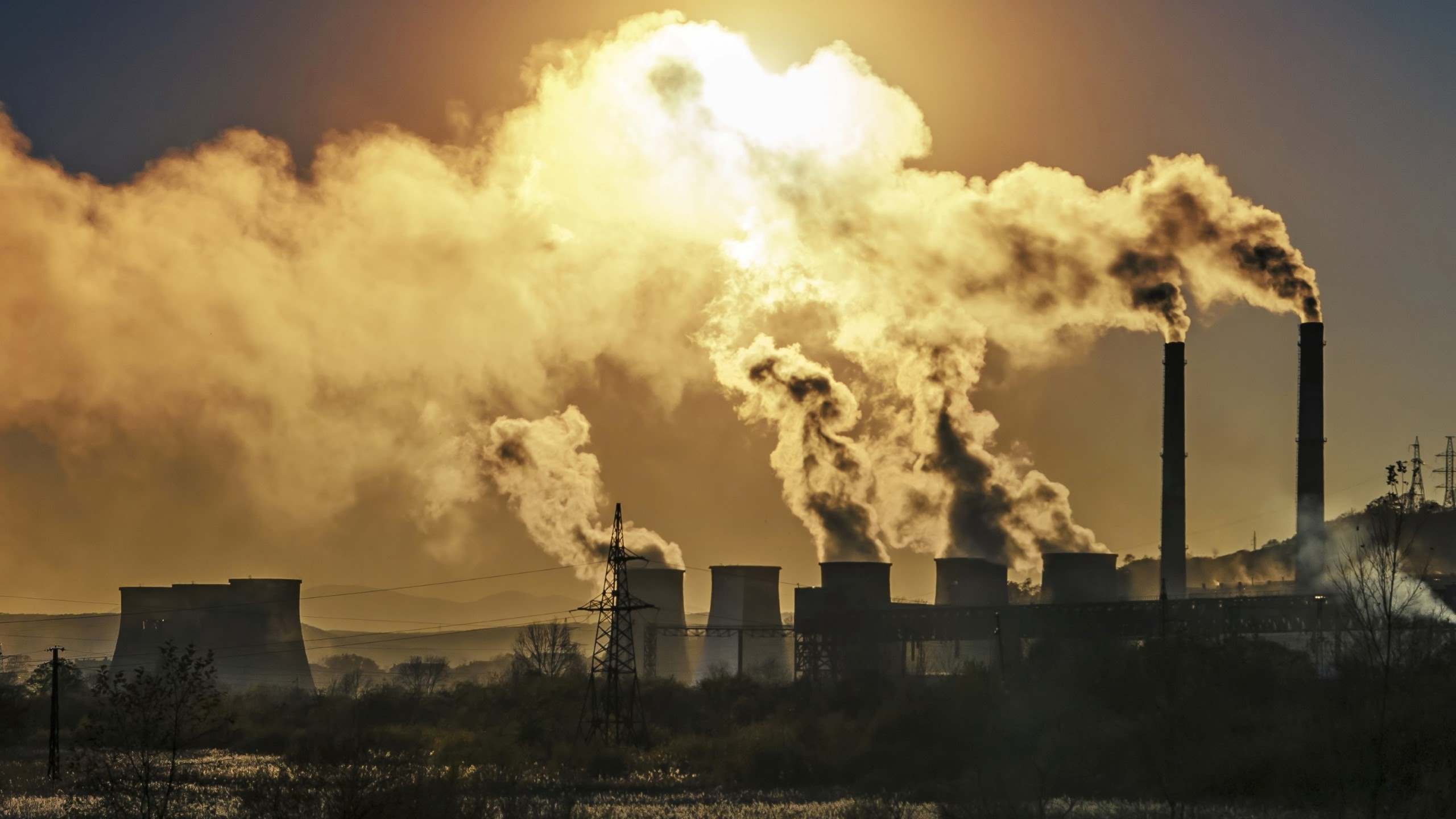Home>Science & Environment>The Devastating Mount Pinatubo Eruption: Unveiling The Catastrophic Impact
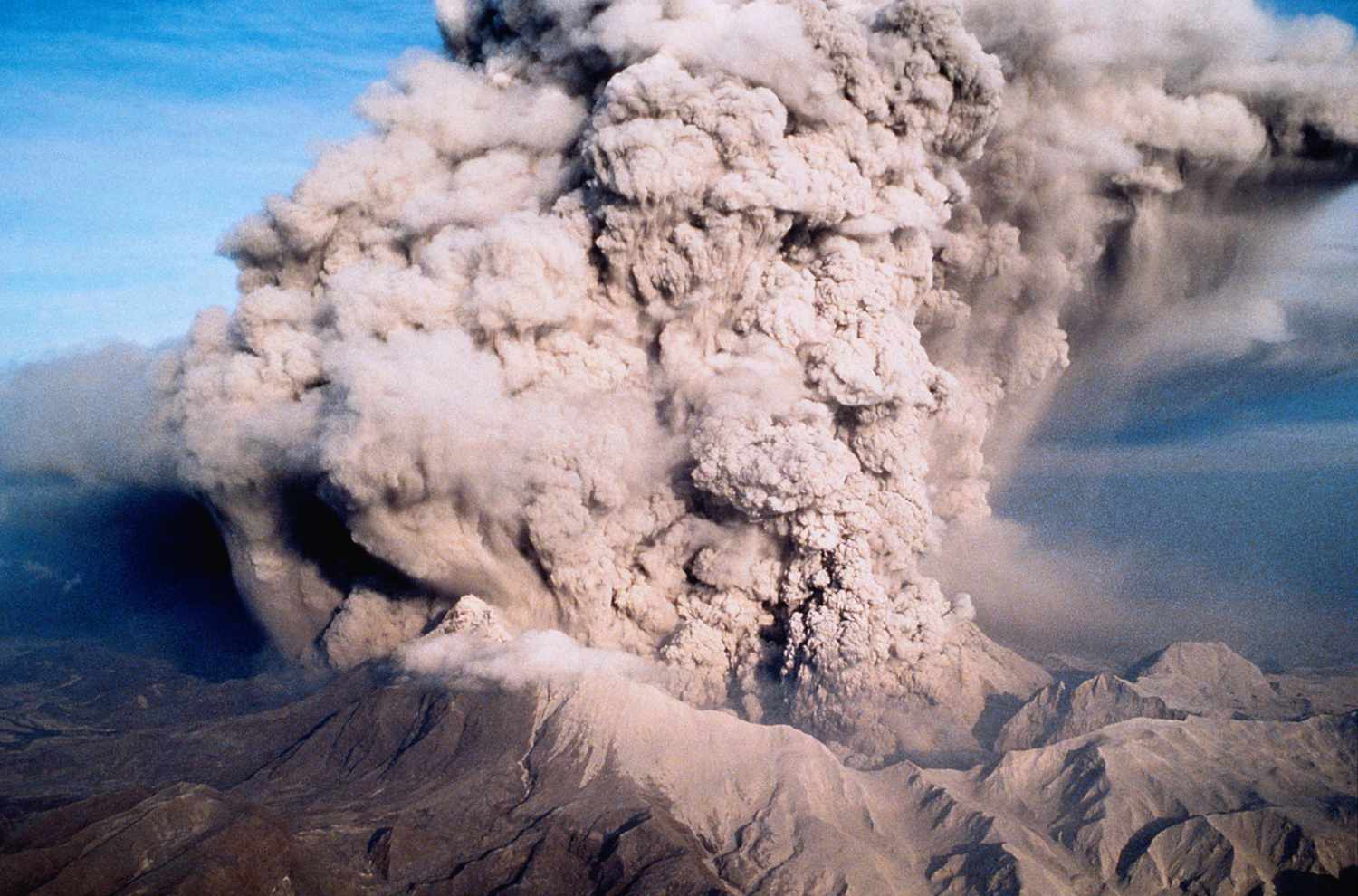

Science & Environment
The Devastating Mount Pinatubo Eruption: Unveiling The Catastrophic Impact
Published: February 19, 2024
Explore the catastrophic impact of the Mount Pinatubo eruption on the environment and delve into the scientific aftermath of this devastating natural disaster. Gain insights into the intersection of science and the environment.
(Many of the links in this article redirect to a specific reviewed product. Your purchase of these products through affiliate links helps to generate commission for Temperatures.com, at no extra cost. Learn more)
Table of Contents
Introduction
The eruption of Mount Pinatubo stands as a stark reminder of the immense power and unpredictability of nature. Nestled in the Philippines, this once-quiet giant awakened from centuries of dormancy in a cataclysmic display of force, altering landscapes and livelihoods in its wake. The events surrounding the eruption of Mount Pinatubo serve as a testament to the intricate interplay between geological processes and human existence, leaving an indelible mark on history.
The story of Mount Pinatubo's eruption is one of both awe-inspiring natural phenomena and the resilience of those affected. It is a narrative that unfolds with gripping intensity, from the ominous rumblings beneath the earth to the far-reaching consequences that continue to shape the region today. As we delve into the events leading up to the eruption and its aftermath, we gain a profound understanding of the profound impact that such geological events can have on the environment and society.
The eruption of Mount Pinatubo is a testament to the delicate balance between the Earth's restless forces and the communities that thrive in their midst. It serves as a poignant reminder of the need for vigilance and preparedness in the face of natural disasters, as well as the enduring spirit of resilience that unites humanity in the wake of adversity. As we embark on this exploration of Mount Pinatubo's eruption, we are compelled to confront the raw power of nature and the enduring legacy of this monumental event.
The Buildup to the Eruption
In the years leading up to the catastrophic eruption of Mount Pinatubo, subtle yet ominous signs of the volcano's reawakening began to manifest. The region experienced a series of seismic activities, signaling the restless stirrings of the earth beneath. These tremors, while initially sporadic and mild, hinted at the impending upheaval that would soon unfold.
As the pressure beneath the surface continued to build, the volcano exhibited a gradual inflation, a telltale sign of magma surging into the chamber beneath the mountain. This swelling of the land did not escape the notice of scientists and local residents, prompting heightened vigilance and monitoring of Mount Pinatubo's activity.
In the months preceding the eruption, the frequency and intensity of earthquakes in the vicinity of the volcano escalated, painting a foreboding picture of the impending cataclysm. The once serene landscape surrounding Mount Pinatubo was now fraught with tension, as the earth groaned and shifted with increasing urgency.
Amidst these seismic precursors, the volcano began to emit plumes of ash and steam, a visible manifestation of the turmoil brewing within. These ominous exhalations served as a stark warning of the impending eruption, prompting authorities to issue evacuation advisories and heightening the sense of apprehension among those living in the shadow of the restless giant.
The buildup to the eruption of Mount Pinatubo was characterized by a crescendo of geological unrest, as the earth's simmering fury steadily mounted. The stage was set for a cataclysmic event that would reverberate far beyond the immediate vicinity of the volcano, leaving an indelible mark on the landscape and the lives of those it touched.
As the tension continued to mount, the stage was set for the climactic eruption that would unleash the full extent of Mount Pinatubo's pent-up fury, altering the course of history and leaving an enduring legacy in its wake.
The Catastrophic Eruption
The long-anticipated fury of Mount Pinatubo was unleashed on June 15, 1991, in a cataclysmic eruption that sent shockwaves across the globe. The once placid summit of the volcano transformed into a maelstrom of chaos and destruction as it spewed forth a colossal column of ash and gas, reaching unprecedented heights in the atmosphere. The eruption, categorized as Plinian, was a violent expulsion of magma, pulverized rock, and gases, propelling a towering mushroom-shaped cloud skyward.
The sheer magnitude of the eruption was staggering, with ash and pumice blanketing the surrounding landscape in a suffocating shroud. The skies darkened as the billowing ash cloud spread, casting a pall over the region and beyond. The volcanic ash, carried by prevailing winds, blanketed vast areas, disrupting air travel and plunging communities into a state of eerie twilight.
The eruption unleashed a torrent of pyroclastic flows, superheated avalanches of gas and volcanic debris that hurtled down the slopes of the volcano at breakneck speeds, engulfing everything in their path. These deadly flows carved deep ravines in the terrain, leaving a scarred and desolate landscape in their wake. The sheer force and velocity of these pyroclastic flows wrought widespread devastation, obliterating vegetation, structures, and livelihoods in a relentless onslaught.
As the eruption reached its crescendo, the deafening roar of the volcano reverberated across the land, a haunting symphony of destruction that echoed for miles. The cataclysmic eruption of Mount Pinatubo was a visceral display of nature's unbridled power, a force that humbled humanity in its wake.
The catastrophic eruption of Mount Pinatubo stands as a testament to the raw, untamed forces that shape our planet, and the profound impact they can have on the world around us. The events of that fateful day in 1991 would leave an indelible mark on the region, reshaping the landscape and the lives of those who bore witness to its fury.
Immediate Impact on Surrounding Areas
The immediate aftermath of the cataclysmic eruption of Mount Pinatubo plunged the surrounding areas into a state of chaos and despair. The once serene landscapes were now cloaked in a thick layer of ash and debris, shrouding everything in a ghostly pall. The impact of the eruption reverberated across the region, leaving a trail of devastation in its wake.
The blanket of volcanic ash that descended upon the surrounding areas posed a myriad of immediate challenges. The sheer weight of the ash caused roofs to collapse under the immense burden, while the fine particles infiltrated homes, schools, and businesses, rendering them uninhabitable. The ash also wreaked havoc on agricultural lands, smothering crops and disrupting the delicate balance of the ecosystem.
The disruption of essential services compounded the challenges faced by the affected communities. The thick ash cloud hampered visibility and mobility, bringing transportation to a standstill and impeding access to vital resources. The region was plunged into darkness as the ash obscured the sun, casting a surreal twilight over the landscape and disrupting daily life.
The impact on public health was profound, as the inhalation of volcanic ash posed significant respiratory hazards. The fine particles, laden with toxic substances, posed a grave threat to the well-being of the populace, particularly vulnerable groups such as the elderly and children. The eruption also triggered widespread displacement, as communities grappled with the urgent need to seek refuge from the unfolding crisis.
Amidst the chaos and uncertainty, acts of resilience and solidarity emerged as beacons of hope. Emergency responders and volunteers rallied to provide aid and support to those affected, demonstrating the unwavering spirit of compassion in the face of adversity. Evacuation efforts were mobilized to ensure the safety of residents, underscoring the collective determination to weather the storm.
The immediate impact of the Mount Pinatubo eruption on the surrounding areas was a harrowing testament to the disruptive power of natural disasters. The resilience and fortitude displayed by the affected communities in the wake of such devastation serve as a poignant reminder of the unyielding human spirit in the face of adversity.
Long-Term Environmental and Societal Effects
The aftermath of the Mount Pinatubo eruption reverberated far beyond the immediate aftermath, leaving a profound and enduring impact on both the environment and society. The environmental repercussions of the cataclysmic event were far-reaching, reshaping the landscape and ecosystems in ways that continue to resonate to this day.
The deposition of volcanic ash and debris wrought havoc on the delicate balance of the environment, smothering vast swathes of land and altering the composition of soils. The once fertile agricultural lands were blanketed in a suffocating layer of ash, rendering them infertile and disrupting the livelihoods of those dependent on the land for sustenance. The ecological equilibrium was disrupted, as habitats were transformed and the delicate interplay between flora and fauna was thrown into disarray.
The impact on water systems was equally profound, as the ash and debris contaminated water sources, posing a threat to both human and ecological health. The sedimentation of rivers and streams altered their course, leading to potential flooding and further exacerbating the environmental upheaval. The long-term consequences of these disruptions continue to pose challenges for the restoration and preservation of the region's natural ecosystems.
Societally, the eruption of Mount Pinatubo precipitated a wave of displacement and upheaval that reshaped the fabric of communities in the region. The mass evacuation efforts necessitated by the eruption led to the displacement of thousands of residents, uprooting families from their homes and livelihoods. The social and economic repercussions of this displacement reverberated for years, as communities grappled with the arduous task of rebuilding their lives in the aftermath of the disaster.
The eruption also underscored the resilience and adaptability of the human spirit, as communities rallied to forge a path forward amidst the challenges wrought by the cataclysm. The spirit of solidarity and communal support that emerged in the wake of the disaster served as a testament to the unyielding resolve of the human spirit in the face of adversity.
The long-term environmental and societal effects of the Mount Pinatubo eruption serve as a poignant reminder of the enduring legacy of natural disasters. The region continues to grapple with the complex interplay of ecological and societal challenges, underscoring the need for sustained efforts to foster resilience and restoration in the face of such monumental events.
Read more: The Impact Of Sunspots On Earth’s Climate
Ongoing Monitoring and Research
The cataclysmic eruption of Mount Pinatubo served as a catalyst for a renewed focus on ongoing monitoring and research efforts aimed at understanding volcanic activity and mitigating the impact of future eruptions. In the wake of the devastating events of 1991, scientists and researchers intensified their efforts to monitor the volcanic activity in the region, employing a range of cutting-edge technologies and methodologies to gain insights into the restless forces beneath the earth's surface.
One of the pivotal advancements in ongoing monitoring and research has been the development of sophisticated seismological and geodetic monitoring systems. These systems enable scientists to detect subtle shifts in the earth's crust and track the movement of magma beneath the surface, providing crucial data for predicting volcanic activity. The deployment of advanced seismometers and GPS technology has significantly enhanced the ability to monitor and analyze the precursory signals of volcanic unrest, offering valuable lead time for implementing mitigation measures.
Furthermore, the establishment of robust volcanic gas monitoring networks has proven instrumental in ongoing research efforts. By tracking the composition and emission rates of volcanic gases, researchers can gain insights into the dynamics of magma movement and the potential for impending eruptions. This proactive approach to monitoring volcanic gas emissions has yielded valuable data for assessing volcanic hazards and informing risk management strategies.
In addition to instrumental monitoring, ongoing research initiatives have delved into the complex dynamics of volcanic systems, seeking to unravel the underlying processes that drive volcanic unrest. Through interdisciplinary studies encompassing geology, geochemistry, and geophysics, researchers have made significant strides in elucidating the mechanisms that govern volcanic behavior. These endeavors have yielded invaluable insights into the factors influencing eruption dynamics, contributing to the refinement of eruption forecasting models and hazard assessments.
The ongoing monitoring and research efforts following the Mount Pinatubo eruption have underscored the imperative of proactive vigilance and scientific inquiry in mitigating the impact of volcanic events. By leveraging technological advancements and interdisciplinary collaboration, researchers continue to expand the frontiers of knowledge surrounding volcanic activity, paving the way for enhanced preparedness and resilience in the face of future eruptions.
The legacy of Mount Pinatubo's eruption serves as a poignant reminder of the enduring imperative to remain vigilant and proactive in monitoring and researching volcanic activity. The ongoing efforts to unravel the complexities of volcanic systems stand as a testament to the unwavering commitment to safeguarding lives and livelihoods in the shadow of nature's formidable forces.
Conclusion
The cataclysmic eruption of Mount Pinatubo stands as a testament to the profound and enduring impact of natural disasters on both the environment and society. The events leading up to the eruption, characterized by escalating seismic activity and ominous precursors, underscore the intricate interplay between geological processes and human existence. The eruption itself, a violent expulsion of ash, gas, and pyroclastic flows, unleashed a maelstrom of chaos and destruction, leaving an indelible mark on the landscape and the lives of those it touched.
The immediate impact of the eruption plunged the surrounding areas into a state of chaos and despair, as communities grappled with the suffocating shroud of volcanic ash and the disruption of essential services. The resilience and solidarity displayed amidst the chaos serve as a poignant testament to the unyielding human spirit in the face of adversity. The long-term environmental and societal effects of the eruption continue to resonate, underscoring the enduring legacy of such monumental events.
In the aftermath of the eruption, ongoing monitoring and research efforts have yielded invaluable insights into volcanic activity, paving the way for enhanced preparedness and resilience in the face of future eruptions. The commitment to proactive vigilance and scientific inquiry stands as a testament to the unwavering dedication to safeguarding lives and livelihoods in the shadow of nature's formidable forces.
The story of Mount Pinatubo's eruption is one of awe-inspiring natural phenomena and the resilience of those affected. It serves as a poignant reminder of the need for vigilance and preparedness in the face of natural disasters, as well as the enduring spirit of resilience that unites humanity in the wake of adversity. As we reflect on the cataclysmic eruption of Mount Pinatubo, we are compelled to confront the raw power of nature and the enduring legacy of this monumental event.


